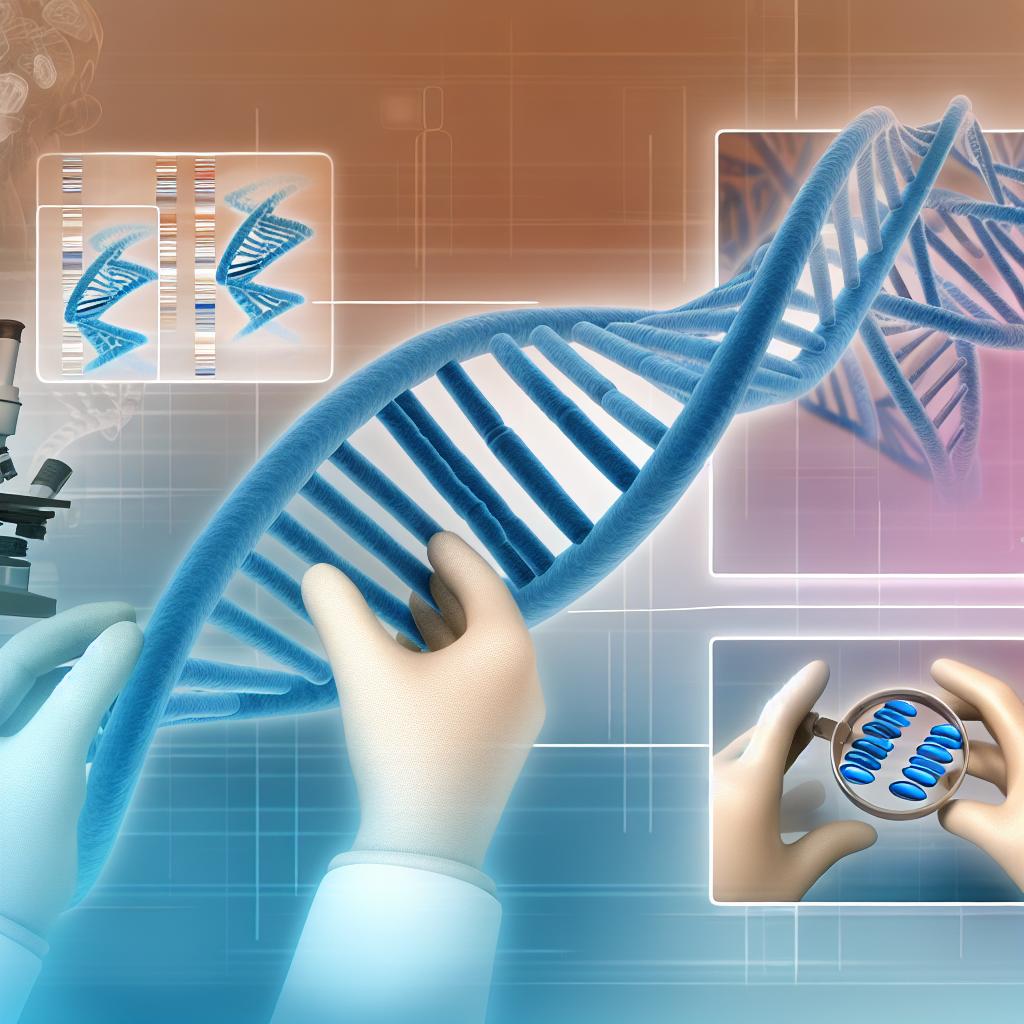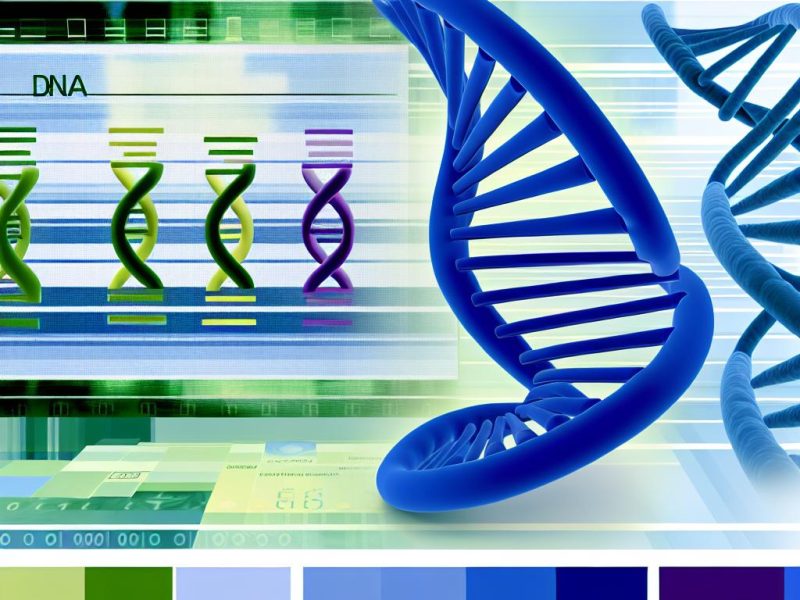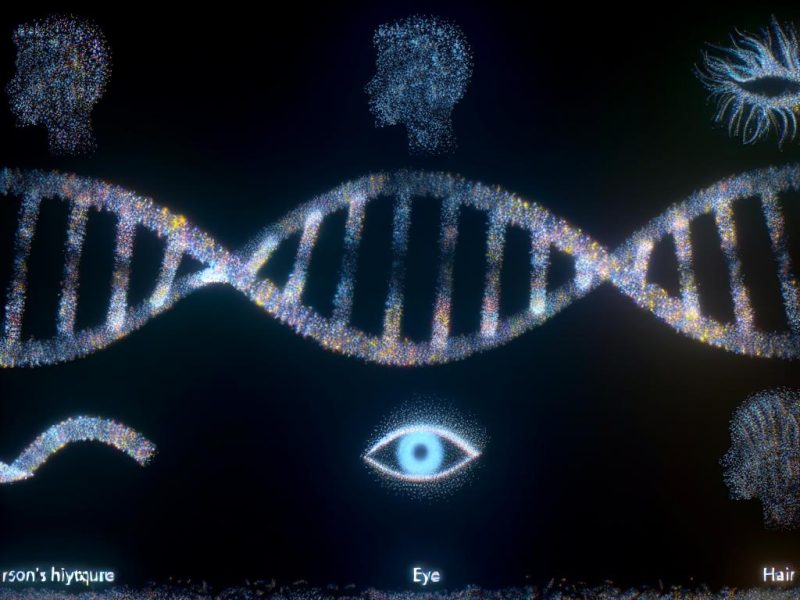Introduction to DNA Mutations
Mutations are changes that occur in the DNA sequence, either due to errors during DNA replication or as a result of environmental factors. Understanding mutations is crucial for grasping how genetic diversity arises and how certain diseases, including cancer, develop. In this article, we will delve into the nature of DNA mutations, their causes, types, and potential consequences.
Causes of DNA Mutations
DNA mutations can be caused by a variety of factors. Spontaneous mutations occur without any external influence, often due to errors during the DNA replication process. Incorrect base pairing or slippage of the DNA polymerase may lead to the incorporation of incorrect bases. Environmental influences can also result in mutations, with mutagens such as radiation, chemicals, and viruses playing significant roles. For instance, ionizing radiation can cause breaks in the DNA strands, while some chemicals may modify DNA bases, leading to mismatches during replication.
Types of DNA Mutations
DNA mutations can be classified based on their effect on the DNA sequence and the resulting protein product. Some of the primary types of mutations include:
Point Mutations: These are alterations of a single nucleotide base pair and can be further categorized into:
Silent mutations, which do not change the amino acid sequence, Missense mutations, resulting in a different amino acid, and Nonsense mutations, leading to a premature stop codon and potentially truncated proteins.
Insertions and Deletions: These mutations involve the addition or removal of nucleotide bases and can cause frameshift mutations. They often have more severe effects than point mutations because they alter the reading frame of the gene.
Chromosomal Alterations: These involve changes in the structure or number of chromosomes, such as duplications, inversions, translocations, and aneuploidy. These mutations often lead to significant phenotypic alterations.
Consequences of DNA Mutations
The impact of a mutation depends largely on its nature and location within the genome. While some mutations can be neutral or even beneficial, others can disrupt normal biological processes and lead to disease. Many hereditary diseases are caused by point mutations, such as those implicated in sickle cell anemia and cystic fibrosis. Additionally, mutations play a critical role in evolution, providing the genetic variation necessary for natural selection to act upon. They can lead to variations in traits that might enhance survival or reproduction in changing environments.
Conclusion
Understanding mutations in DNA is vital for various fields of biological research, including genetics, evolutionary biology, and medicine. The study of mutations not only reveals how organisms adapt and evolve but also provides insights into the mechanisms behind genetic disorders and the development of cancer.
Detailed Examination of DNA Mutations
To further comprehend DNA mutations, it is beneficial to examine various aspects that contribute to their formation and effects. One critical process is DNA replication, during which the double helix unwinds and each strand serves as a template for forming a new complementary strand. During this process, it is possible for mistakes to occur, introducing mutations.
DNA polymerases, the enzymes responsible for copying DNA, possess proofreading abilities to minimize errors. However, they are not infallible, and some mistakes escape correction, leading to DNA mutations. These errors, while rare, can accumulate over time, contributing to genetic diversity. Another crucial factor is the ability of organisms to repair DNA damage. Cells possess several repair mechanisms that aim to maintain genomic integrity. When these repair systems fail or become inefficient, it can lead to the accumulation of mutations.
Environmental factors such as ultraviolet (UV) light from the sun can induce mutations. UV radiation can cause the formation of thymine dimers, which disrupt normal base pairing. If not repaired, these dimers can lead to errors during DNA replication, potentially resulting in skin cancers such as melanoma.
Chemical mutagens from pollutants or industrial compounds can also interact with DNA, leading to structural changes in the DNA strands. For example, polycyclic aromatic hydrocarbons found in cigarette smoke can form bulky adducts with DNA, distorting the helix and causing mutations.
Viral Infections represent another source of mutations. Some viruses integrate their genetic material into the host genome, disrupting normal genetic sequences. Such events can lead to horizontal gene transfer, a process that can introduce mutations into the genome, potentially leading to diseases like cancer.
Variation in Mutation Effects
While mutations are fundamentally alterations in the DNA sequence, their consequences can vary dramatically depending on their location in the genome and their nature. Mutations occurring in non-coding regions of the DNA might not have any apparent effect on the phenotype of an organism. However, those in coding regions or regulatory elements might have significant consequences. For example, a silent mutation, which involves a single base pair change that does not alter the resulting amino acid, may have no effect on protein function. In contrast, a missense mutation leading to the substitution of one amino acid for another in a protein sequence can have varying effects — from benign changes to substantial impacts on protein function and stability.
Nonsense mutations introduce premature stop codons, leading to the production of truncated proteins that may lack essential functional domains. Such proteins are often unable to perform their normal biological functions, potentially leading to disease states.
Insertions, Deletions, and Chromosomal Alterations
The addition or deletion of nucleotide bases results in frameshift mutations, rearranging the downstream sequence of amino acids and often leading to nonfunctional proteins. Furthermore, Chromosomal alterations affecting large genomic regions or entire chromosomes can have extensive consequences. Duplication of sections of DNA can result in gene dosage imbalances, while deletions can remove critical functional elements, both of which may contribute to genetic disorders.
Inversions and translocations, which involve the rearrangement of chromosome segments, can disrupt gene function when they occur within or near genes, potentially leading to diseases or contributing to cancer progression. Aneuploidy, involving the gain or loss of entire chromosomes, typically results in significant developmental issues, as it affects the overall chromosomal balance within a cell.
Mutations in Evolution and Disease Development
Mutations are regarded as the raw material for evolution, generating the genetic variations upon which natural selection can act. Through this process, favorable mutations can become established in populations over generations, providing adaptive advantages in changing environments. Conversely, deleterious mutations can be purged from populations over time, provided they do not hinder reproductive success before being passed on.
In the context of disease, particularly cancer, mutations disrupt normal cellular processes, leading to uncontrolled growth and the potential for metastasis. Tumorigenesis is often associated with the accumulation of multiple mutations affecting genes that regulate cell division, apoptosis, and DNA repair. Understanding these mutations is imperative for developing targeted therapies and diagnostic tools, offering the potential to improve treatment outcomes.
In summary, while DNA mutations are intrinsic to genetic diversity and evolution, they also pose significant challenges in exploring the etiology of genetic disorders and cancer. Through continued research, the understanding of mutations’ role in these processes can inform novel therapeutic strategies and contribute to advances in personalized medicine.



